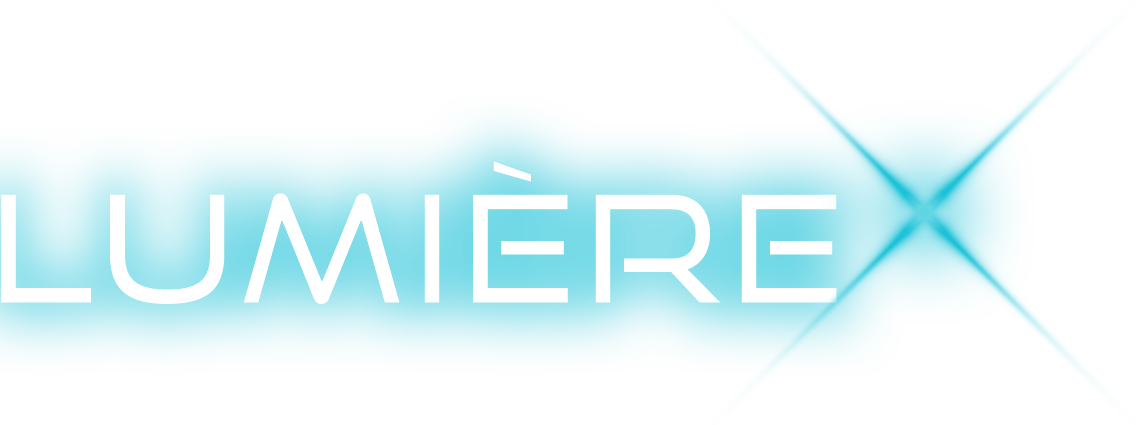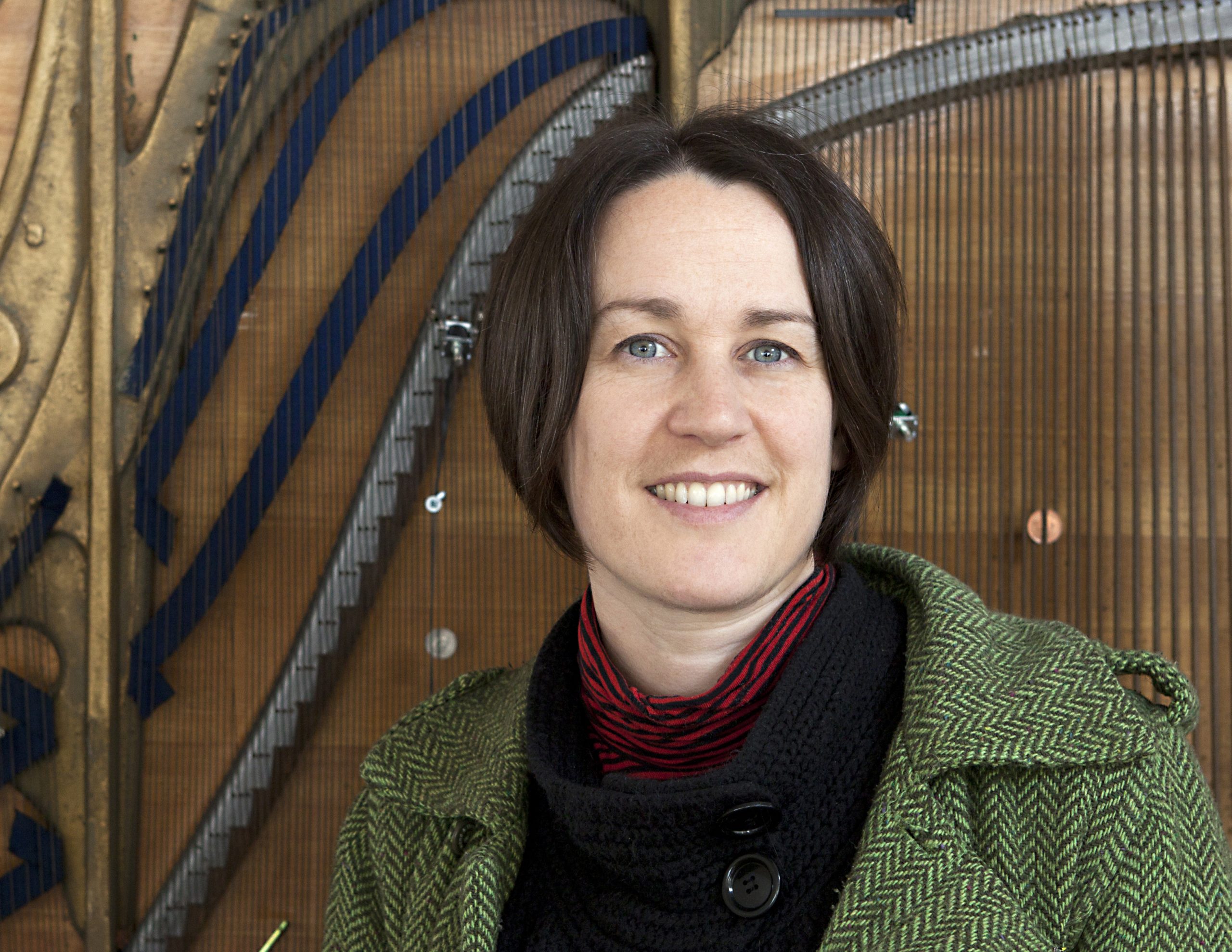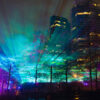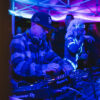UK-based artist, Kathy Hinde, has a passion for combining different art forms, including, but not limited to, installations, performances, music, and live visuals. Her work has been shown extensively across Europe, China, Pakistan, USA, Canada, Colombia, Mexico, Brazil and New Zealand, and for the first time ever this December, in Vancouver.
Your work is a combination of sound, sculpture, image and light. Where do you draw inspiration from?
I’m very often inspired by nature. When I can, I like to walk, watch birds, and swim outdoors. I also enjoy field recording, and these focused moments of close up listening and observing feeds into my creative process.
Alongside this, I am constantly researching my areas of interest from many sources. I recently had the opportunity to have discussions with environmental scientists in the process of making a new work. This was inspiring in a different way, and I’m keen to see how scientific research can influence my work.
I want to draw people’s attention to the often overlooked poetic qualities of the ‘everyday’. I hope to encourage a deeper connection with the natural world; to raise awareness of environmental issues and how we can live more sustainably on the earth.
Do you ever experience “sensory overload?”
I went to Ryoji Ikeda audiovisual gig in 2000, where the subwoofers were underneath the audience seats. I was overwhelmed by experiencing the physicality of sound, and I’ve maintained a fascination with this ever since.
I’m interested in creating immersive experiences. I believe this is possible without aiming for sensory overload, and can be achieved in subtle, quiet ways too.
I have a desire to combine visual art and music, and I think an experience can become more immersive when multiple senses are actively engaged. In addition to this, showing artworks in public space means the audience is also immersed in whatever the weather is doing, which can add to the experience.
What is the most complex art piece you’ve worked on?
It’s often the piece that I am currently working on. I like to use technology to create installations and always explore new ways to do this by adapting, re-purposing, and learning about mechanics, electronics, programming, audio processing… and technology advances so quickly so there is a lot to delve into. This can be a slow and complex process. It is often not clear which tech may solve what I want to achieve – which means much experimentation is necessary. I do like to use old tech as well as new tech! – There is such a lot to explore, and I’ve been recently working with adapting record players and getting my own vinyl cut.
With Luminous Birds, the aim is for it to feel uncomplicated in terms of how it is experienced. However, despite the simplicity of the concept and aesthetic of the piece, there is a lot of complicated wiring and programming involved. With all the technology being outdoors I’ve had to come up with many solutions to ensure it will be robust enough to withstand the wind and rain.
What was the concept behind your installation, Luminous Birds, which will be one of the featured Lumiere artistic light activations this year? Why birds?
I’ve always loved watching flocks of migrating birds, and often travel to specific locations at dusk or dawn to see if I can find large flocks taking off or flying in to roost. Many flocks of geese migrate from the arctic and spend the winter in Scotland. I’ve seen 20 thousand pink footed geese take off at Montrose Basin in East Scotland. This is such a breathtaking experience visually and sonically, and with Luminous Birds, I wanted to celebrate our winter avian visitors and share my fascination and wonder with them.
The concept is to create the sensation of birds flying overhead, and I created this version of Luminous Birds, with spatialised sound, to show in three locations in Scotland last autumn, which was produced by Glasgow based Cryptic.
I’ve made a system where the birds are arranged in long lines with the wing position of each bird arranged slightly differently to create a sequenced flight path as they light up in turn, similar to stop motion animation. This is accompanied by spatialised sounds composed from distorted pianos and bells.
What are the birds constructed out of?
They are made from Tyvek Paper, which is waterproof and rip proof, often used in the building industry. Each bird is folded from a square using the traditional paper folding technique of Origami.
Inside each bird is an LED and a thin aluminium frame that allows me to fold the wings into specific positions in order to make the ‘stop motion’ animation of flight as they light up in turn.
What drew you to Lumiere?
I love bringing people outdoors at night to see artworks. It’s important to create unique experiences in public space to bring communities together, especially when the weather starts to get a bit colder and people don’t go outside as much. I also love autumn, when the evenings get dark earlier. There is something magical about that time of day.
I visited Vancouver to show work at New Media Gallery earlier this year, and I fell in love with the city. So much green space, beaches, great for cycling, and lots of nature and mountains close by. I found the city very friendly and was lucky enough to meet Lumiere’s curator, Wil Aballe on this trip and found his enthusiasm for contemporary art and desire to make exciting events happen here inspiring. I’m very pleased to be showing another artwork in Vancouver so soon!
What do you hope festival-goers will take away from your installation?
I hope to inspire people to appreciate the wonder of migrating birds, and to ‘look up’ and appreciate their natural surroundings and take away a new and excited sense of wonder about birds and how fascinating and beautiful they are.
With this, I hope people will feel a new sense of purpose in terms of trying to protect the environment and habitats that are crucial for the survival of the many species we share the earth with.
The action of many birds, flocking together, is one of nature’s most amazing phenomena – an ultimate act of cooperation, hundreds moving forward in harmony.
Press quote from review in The Times, UK
“There is something poignant about the delicacy of Hinde’s flock of origami birds… Lights rush in perfect harmony with the wash of sound creating a unified sensorial experience.” The Times
Watch Luminous Birds Highlights







